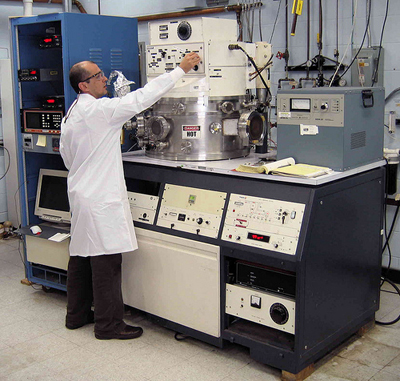
A couple weeks back in Paris there was IDIFF, which is the local digital cinema show. A couple of conferences, about new cameras, one from Framestore about the joys of Avatar post, but the one that was the most interesting to me was the one about the future of the labs. It was driven by Benjamin B. who often writes for the American Cinematographer (and now has a nice project with the Filmbook). We have seen uncomprehensible workflow, weird pictures, but the bottom line of it was quite interesting. From Mark Jaszberinyi (Colorfront, but also the creator of 5D Colossus, to become Autodesk Lustre, the guys on the right there) presented some nice stuff about footage graded and moved from Hungary to LA thru (big) internet connection.
I usually think about digital first by thinking of what it does replace, as it’s quite rare there is something new, we mostly see transposition of ‘real’ things into a digital equivalent, and when it’s too different it usually fails since people can’t understand it. So what is the lab of the future? Certainly a digital lab. What does it replace? A photochemical lab. What do you have in a photochemical lab? Very highly skilled people working on very expensive machines to make sure you get the best picture possible. So what’s different? Well, you could think that now you could do whatever you want with a Mac in the living-room. Well, that’s true to some extent. But if you’re in for a nice movie to make a real theater experience, you’d better at least finish it on a big screen representative of what you would have in the theater, and that is expensive. You might focus on creativity, nice pics and colours, but at some point you would need some highly skilled guy to make sure what you see is what you get in the theater and you’re in the right standard for broadcasting.
So what does it really change? Well, instead of sending a reel to the lab, you send some digital file on a drive or thru the internet, and get the result the other way around. The chemistry is replaced by servers. Some stuff can be done onset, but at the end it’s pretty much the same. It’s stinks a bit less than chemicals, it’s a bit greener (though Green IT is not that easy) and the best of all, you can drive it from your living room, or your place on the beach!
PS: the pic has nothing to do with a film lab. It’s just chemistry-geek-cool.





